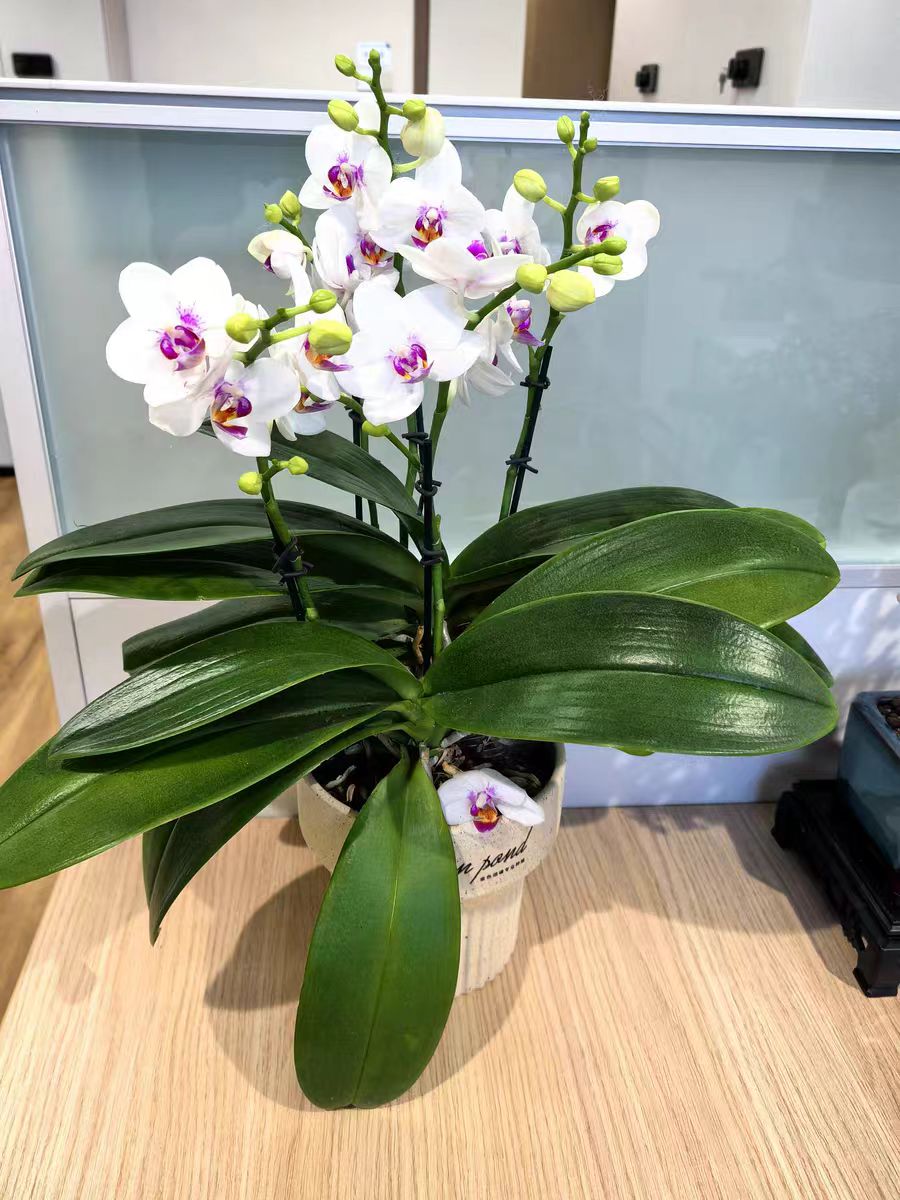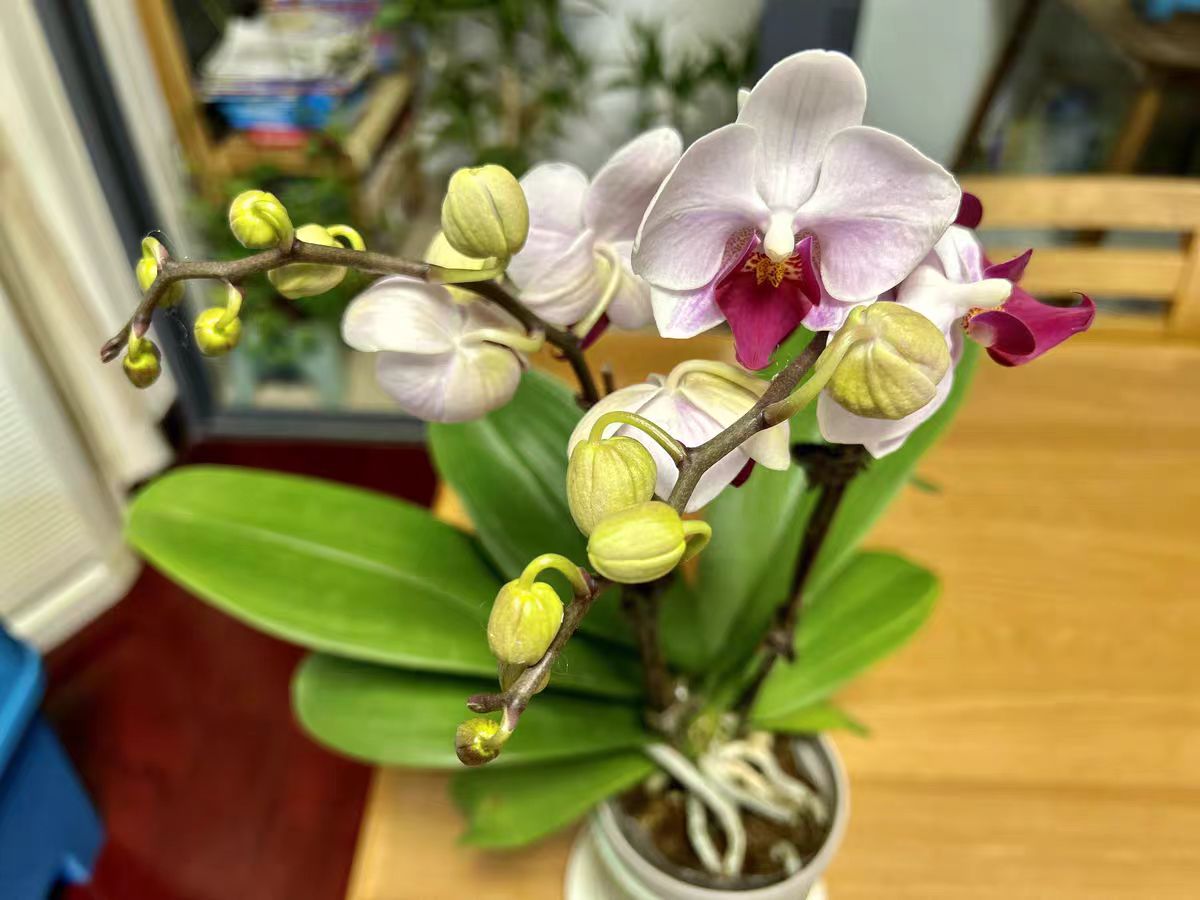The climate in autumn is pleasant. After the high-temperature period in early September ends, it is an excellent time for plant transplantation and repotting. So, in what situations should we consider repotting plants?
1. Plants are in poor condition after summer
After the sweltering summer, many plants may look listless, with problems such as growth stagnation, yellowing leaves, poor soil aeration for the roots, or fertilizer damage caused by high temperatures. At this time, changing the potting soil for these plants will undoubtedly inject new vitality into them and help them rejuvenate.
2. Decline in soil quality
Over time, the soil tends to become hard and salinized, and this phenomenon is more pronounced in northern regions. In addition, if the soil used during the initial planting was not nutrient-rich but rather heavy and sticky yellow clay, it will greatly hinder the growth of plants. It's not easy to change the soil and repot during the high temperatures in summer, and the cool autumn is the ideal time to carry out this operation.
3. The plant roots have filled the flowerpot
For those vigorously growing plants with developed roots, such as chrysanthemums, hydrangeas, various flowers, and amaryllis, after growing vigorously in the first half of the year, their roots often spread densely throughout the flowerpot. At this time, replacing them with a larger flowerpot will provide them with a broader growth space.
However, not all plants need to be moved to a larger pot when their roots fill the current pot. For example, bougainvillea and hoyas are more suitable to be maintained in small pots, and a large pot will instead affect their flowering. Green plants like Trout Begonia, Caladium, and Philodendron are also suitable for small-pot maintenance, as a large pot can easily lead to poor root aeration. As for small herbaceous flowers such as petunias, gypsophila, viola cornuta, dianthus, and cyclamen, it is sufficient to change them to flowerpots with a diameter of about 15 centimeters, because their roots mainly consist of tiny capillary roots and are distributed in the shallow soil, and an overly large flowerpot is likely to cause root rot instead.
As for the specific steps for repotting, they are as follows:
1. Preparation work: Select a suitable flowerpot (with drainage holes, choose the material and size according to needs), prepare new potting soil, and get the tools ready.
2. Removing the plant from the pot: Stop watering in advance to let the soil dry a little, pry along the edge of the pot to take out the plant and the soil ball, and knock on the bottom of the pot to assist if necessary.
3. Cleaning the roots: Shake off some of the old soil, keep the soil around the root crown, check and cut off the damaged roots, and soak in a fungicide for disinfection if there are pests or diseases.
4. Transplanting: Lay a drainage layer in the new pot, place the plant and adjust its position, fill in the new soil while gently lifting the plant, and gently compact the soil after filling.
5. Watering and maintenance: Water thoroughly, place it in a cool and ventilated place for the plant to acclimate, keep it moist during this period, and conduct normal maintenance after it resumes growth.
When is the most appropriate time to repot plants?

Share with
Tagged in :




Leave a Reply